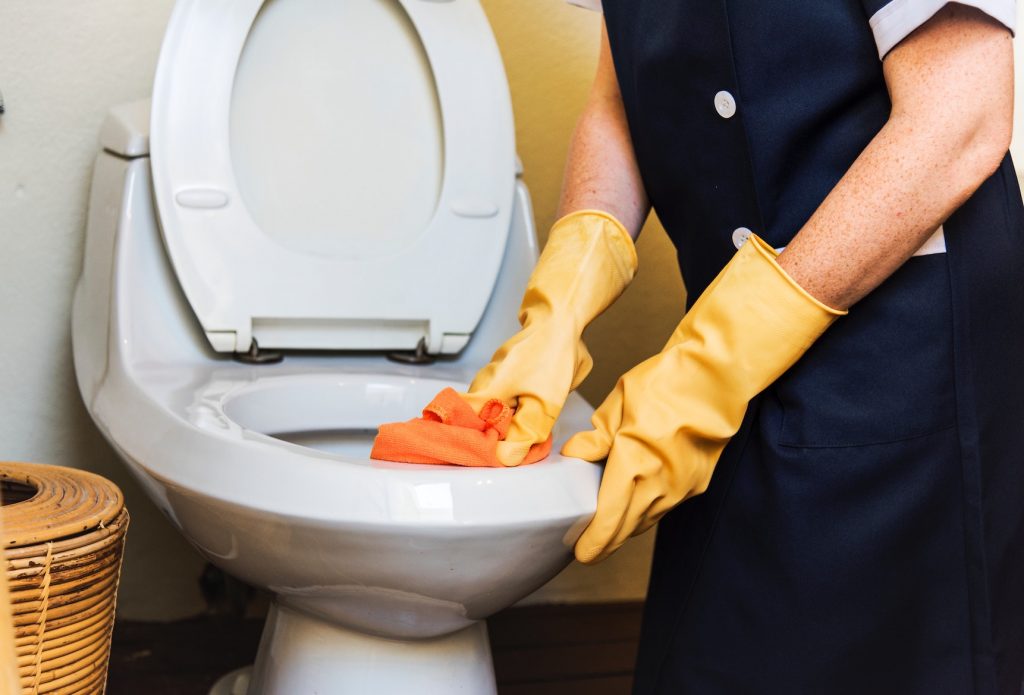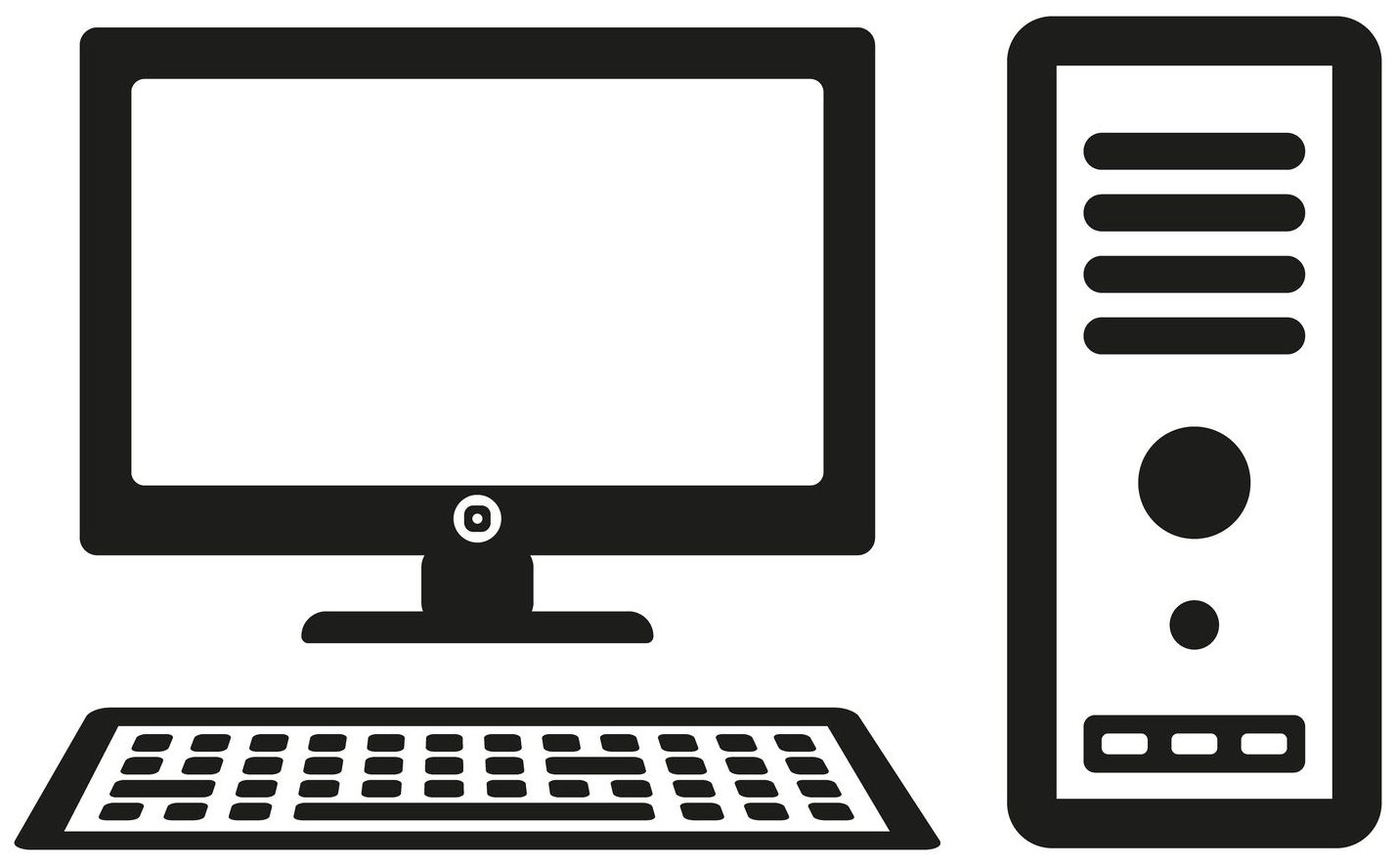
According to a teaching union, the health of students and staff may be at risk thanks to cleaning cutbacks and dirty schools. An EIS online survey garnered responses from union representatives working in more than 600 Scottish schools. Eighty per cent of those surveyed reported that they had seen the frequency or quality of cleaning in their school suffered in the past three years due to budget cuts.
Classrooms were called dirty by over 100 responding representatives, with some using words like ‘disgusting’ and ‘filthy’ to describe their classrooms. 120 respondents reported that either they or teachers they worked with had engaged in their own cleaning work either in classrooms or in other parts of the school. 138 of the survey responses tied poor school cleaning to health and hygiene risks.
Cleaners Working Past Contracted Hours
One common thread from many respondents was that their cleanliness issues were not caused by any fault on the part of cleaners. A key problem reported repeatedly was that cleaners are given less time to clean in each room they care for. Some respondents noted that cleaners in their schools worked beyond their contracted hours so that students and teachers could continue to enjoy clean classrooms.
The union reported survey respondents brought up many cases where rooms went days between any sort of cleaning attention. In specific cases, bins were not emptied in a timely fashion, toilets developed foul odours, and vomit was not cleaned up effectively.
Another issue brought to light in the survey was that many cleaners were forced to work with cheaper, less-effective products. Some cleaners were even instructed to use nothing but water. It is difficult or impossible to provide teachers and students with an appropriate learning environment without adequate daily cleaning. The survey reports that many cleaners do not get sufficient time to clean each room properly, and some schools have no absence cover for their regular cleaners.
School Cleaning Falls in Quality and Frequency
The conclusion of the EIS report is clear: This survey shows school cleaning services suffering a reduction in either frequency or quality over the past three years.
Health Risks For Staff and Pupils
The survey also ties the drop in cleaning quality to reduced hygiene and increased health risks for both pupils and staff. To hear of teaching staff picking up the slack and cleaning their own classrooms is troubling.
The EIS sent surveys to roughly 3,000 members and received 681 responses. The organisation calls this a high response rate and considers the data broad enough to draw ‘meaningful conclusions’.
Larry Flanagan, general secretary of the EIS, called the results of the survey ‘worrying’.
Effective daily cleaning is absolutely necessary for schools. Budget cuts subject cleaners to undue strain and negatively affect the overall health and hygiene of schools. With less frequent and effective cleaning, school environments become more welcoming to germs and disease and put the health of pupils and staff at risk. Besides the direct health risk, unhygienic conditions reduce the overall teaching effectiveness of schools by increasing teacher and pupil absence.
Consequences For Pupils
The consequences of the cleaning shortfalls are emphasised by recently-reported incidents like rodent and insect infestations and major norovirus outbreaks.
A spokesperson for the Scottish Government noted that local authorities have an obligation to do everything they can to keep schools safe and clean. CJH Cleaning Services and similar companies may be able to help with the problem.
The number of pupils educated in schools judged to be in ‘poor’ or ‘bad’ condition has dropped by nearly two thirds in the past decade.
